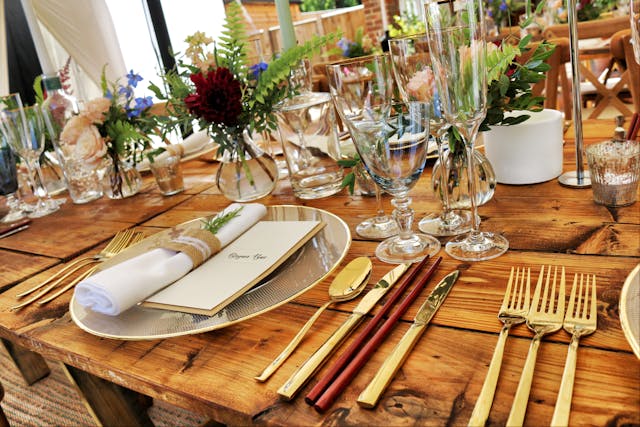Selecting the right catering style for a corporate event is a critical decision that can significantly impact the overall experience. The catering style you choose not only influences the atmosphere of the event but also affects how guests interact with each other and enjoy the food. Whether you’re planning a formal business gathering, a casual networking session, or a large-scale conference, the catering style should align with the event’s objectives, the size of the guest list, and the desired ambiance.
Understanding the Event’s Purpose and Audience
The first step in choosing the right catering style is to understand the purpose of the event and the preferences of the attendees. For instance, a formal corporate dinner aimed at impressing clients or celebrating a major company milestone may require a more sophisticated catering approach. On the other hand, a casual team-building event or a networking session might benefit from a more relaxed and interactive food setup.
Considering the audience is equally important. The catering style should reflect the tastes and expectations of the guests. If the event includes a diverse group of attendees, it may be wise to offer a variety of options that cater to different dietary preferences and cultural backgrounds. Understanding who will be attending helps ensure that the catering style enhances the overall experience rather than detracts from it.
Buffets for Variety and Flexibility
Buffet-style catering is a popular option for corporate events that aim to offer variety and flexibility. Guests can serve themselves from a selection of dishes, allowing them to choose what they want and how much they want to eat. This catering style is particularly well-suited to larger gatherings, where it might be challenging to cater to everyone’s tastes with a single set menu.
Buffets encourage mingling and interaction, as guests move around the room and engage in conversations while selecting their food. This setup works well for networking events or informal gatherings where the focus is on socializing and building relationships. Additionally, buffets can accommodate a wide range of dietary needs, with different stations offering various options, from vegetarian dishes to gluten-free selections.
Food Stations for Interactivity and Engagement
Food stations take the buffet concept a step further by offering a more interactive dining experience. Each station features a different type of cuisine or dish, often prepared or assembled on the spot by chefs. This catering style not only provides variety but also adds an element of entertainment, as guests can watch their food being prepared and even customize their meals to their liking.
This approach is ideal for events where you want to create a lively atmosphere and encourage guest interaction. It works particularly well for large corporate events, such as conferences or product launches, where the goal is to engage attendees and keep them energized throughout the day. Food stations can also be themed to align with the event’s branding or focus, adding a cohesive touch to the overall experience.
Family-Style Meals for Warmth and Connection
Family-style catering involves serving large platters of food to each table, where guests can help themselves and share dishes with those around them. This style of dining creates a warm, communal atmosphere that encourages conversation and connection. It’s an excellent option for corporate events that aim to foster teamwork, collaboration, and a sense of unity among attendees.
By sharing food and passing dishes around the table, guests naturally engage with one another, making it easier to build relationships and strengthen team bonds. Family-style meals are particularly well-suited to smaller, more intimate gatherings, such as leadership retreats or team-building dinners. This approach to dining emphasizes togetherness and can leave a lasting impression on attendees.
Grazing Tables for a Modern Twist
Grazing tables offer a modern, visually appealing alternative to traditional catering setups. These tables are artfully arranged with an abundance of fresh, seasonal foods, including cheeses, charcuterie, fruits, vegetables, and artisanal bread. Guests are encouraged to graze at their leisure, creating a relaxed and informal dining experience that’s perfect for networking events or creative workshops.
The aesthetic appeal of grazing tables makes them a popular choice for events where presentation is key. They can be designed to match the event’s theme or branding, adding a unique touch to the décor. Grazing tables also offer flexibility, as guests can eat as much or as little as they like, making them ideal for events with varying schedules or time constraints.
Conclusion
Choosing the right catering style for your corporate event is essential to creating the desired atmosphere and ensuring a memorable experience for your guests. Whether you opt for the formality of a plated dinner, the variety of a buffet, the interactivity of food stations, or the casual elegance of a cocktail reception, the catering style should align with the event’s objectives and the preferences of the attendees. You can choose a catering strategy that improves the event’s overall performance and leaves a good and lasting impression on everyone who attends by carefully weighing the goals of the gathering and the needs of the visitors.







